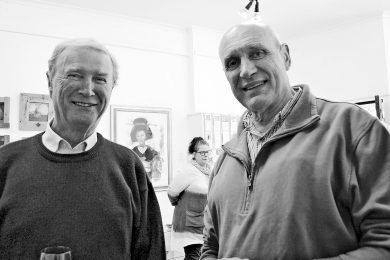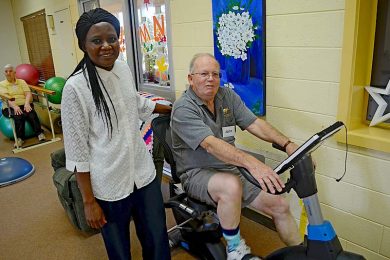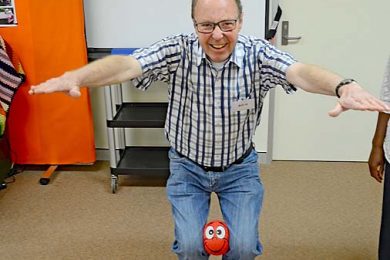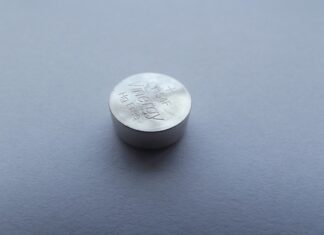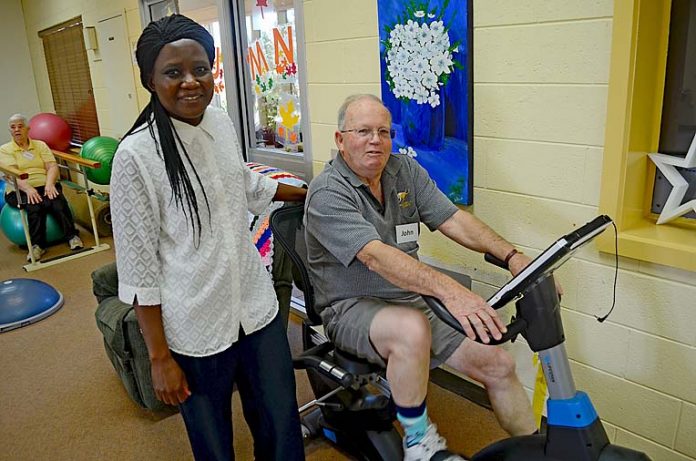
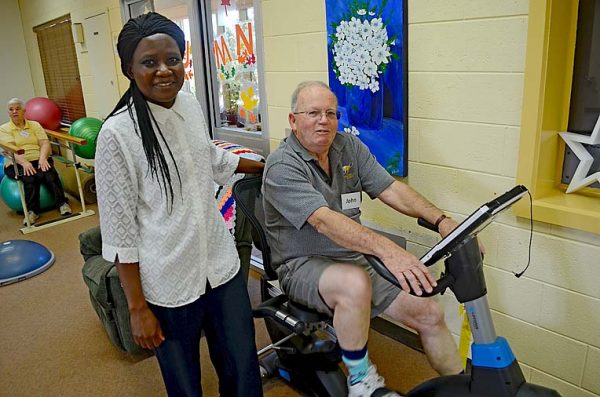
SENIOR physiotherapist Lydia Chiodze has called on the region’s elderly and vulnerable to engage with exercise and strength programs to help reduce the prevalence of fall-related injuries in the South East.
The appeal follows the release of statistics which revealed 42 people are admitted to hospital with fall-related injuries each day in South Australia.
While conducting her Strength for Life session for people aged over 50 at Boandik last Friday, Ms Chiodze said many of those injuries were preventable.
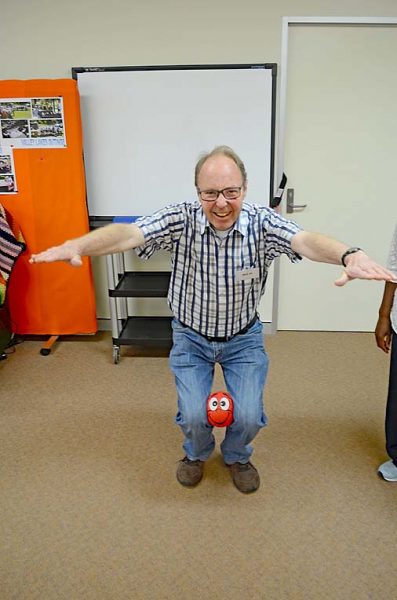
“If you do not do many exercises to improve your balance and strength, then your chance of falling increases,” Ms Chiodze said.
“If you do more exercise and get stronger, then you reduce your chance of falling – it’s that simple.”
However, she said fall prevention was “everybody’s business”.
“It’s not just up to the individual to exercise, the family needs to support them and even groups such as Mount Gambier City Council can play a part by making sure our walkways are safe,” she said.
“It stretches right through to us in the health system who need to make sure we support our clients and give them the tools they need to stay on their feet.”
She said there were a number of risk factors in relation to falling, but many could be reduced with the right programs.
“When people come to my sessions, I tell them it is never too late to start exercising,” she said.
“Ultimately sessions such as these build their confidence and I have had a couple of elderly clients who had two to three falls, but since coming along they have not had a fall,” she said.
“Over 95pc of my clients give me positive feedback because they feel stronger and have regained their balance.”
With April recognised as Falls Awareness Month around the globe, SA Health director of prevention and population health Professor Katina D’Onise said it was the perfect chance to promote ways
people can prevent a fall and reduce the harm they cause.
“Some injuries we see from falls include fractures, brain injury, nerve damage, open wounds and sadly last year there were 384 deaths cause by fall-related injuries,” Prof D’Onise said.
“The impact that falls have on our South Australian hospitals is significant, the number of fall related admissions is 13 times higher than the number of admissions for motorvehicle injuries.
“Falls are not an inevitable part of ageing and there are effective strategies available to reduce risk.”
Ms Chiodze said being able to play a small part in reducing that risk was rewarding.
“If I can help to reduce someone from falling down and ending up in hospital with a fractured hip or a fractured skull, it is a big plus,” she
said.
“It can come at a big cost to the tax payer if someone ends up in hospital due to a fall when it could have been prevented.”
She encouraged members of the community to engage with their general practitioner to access relevant programs in the community.

